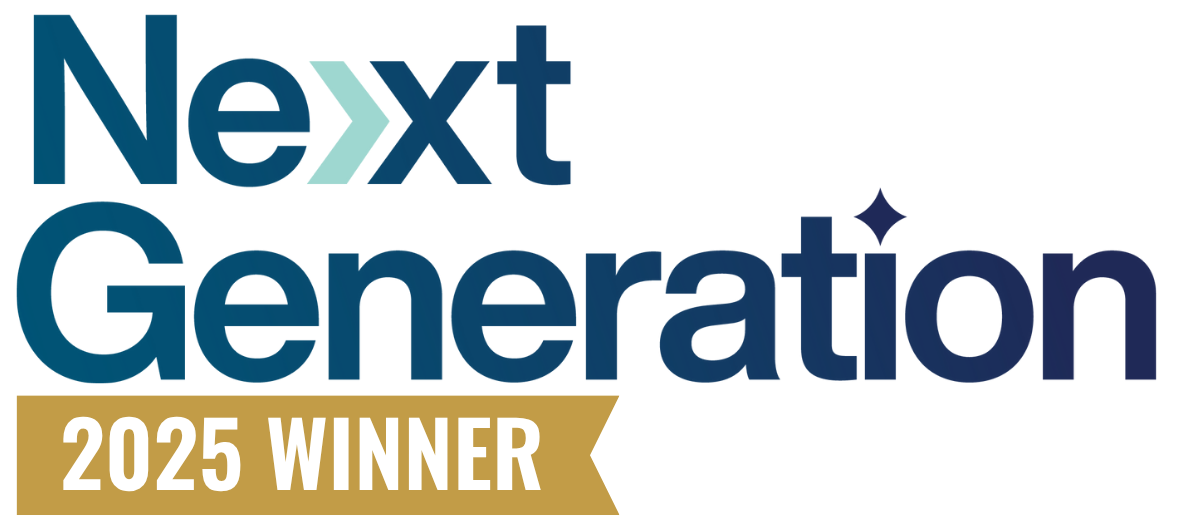As companies shift to a more flexible work model, including remote work and geographically distributed teams, digital document security becomes more critical than ever.
However, a shift to digital document management could come with security vulnerabilities that must be addressed.
Let's review the basics of document security, including why it is essential for today's businesses and the best practices to maintain digital security in your company.
Document Security Definition
Document security is a set of practices that prevents your documents from being accessed, shared, or changed without your knowledge or permission. As a subset of file security, it incorporates familiar strategies like access and permissions management, password protection, and encryption.
Businesses use these systems to protect proprietary data and other private information, even when it must be stored in the cloud and accessed remotely.
Types of Documents that Need Security
Any document containing sensitive information needs to be secured.
Sensitive information is anything that, if lost or exposed, could potentially damage your company, your employees, or your customers.
For example, financial documents contain some of the most essential information about your business—a potential goldmine for bad actors who could use it against you. Safeguarding them can help you remain compliant with regulations and industry standards, deter fraud, and maintain confidentiality.
Securing your documents is also critical in highly regulated industries like healthcare, where a data breach could result in tens of thousands of dollars in fines, damage patient trust, and harm the company’s reputation.
Documents that require security include but are not limited to:
- Legal documents
- Intellectual property
- Business strategy documents
- Financial documents
- Patient information
Best Practices for Document Security
The best document security system offers solutions tailored to your organizational needs and challenges.
For example, suppose you've historically kept sensitive files on paper. Secure document scanning can make those files easier to find and manage while increasing your flexibility for remote and inter-office collaborations.
And if you're in a regulated industry like healthcare, adopting a communication system like e-faxing can help you share sensitive records more quickly and securely than email.
Here are five best practices to maintain digital security in your organization.
1. Use a Secure Document Management System
To secure your documents, you need to know where they are and how to access them. That's where electronic document management systems (DMS) and their more advanced cousin, enterprise content management systems (ECM), come in.
DMS systems focus mainly on managing structured documents throughout their lifecycles, including features like version control, access control, and secure document disposal.
Meanwhile, ECM systems build on that functionality and incorporate digital asset and process management. They also accommodate unstructured content like videos and images.
Keep your document or enterprise content management system secure by:
- Ensuring it complies with regional or industry regulations (e.g., HIPAA for healthcare)
- Adopting a robust identity and access management system
- Encrypting data
2. Safeguard Permissions with Identity and Access Management
With a document management system, you'll need to establish who can access documents based on their access level.
Identity & Access Management (IAM) is a framework that helps ensure that everyone in your organization has access to the resources they need while limiting access to the things they don't. In addition to document security, IAM can control access to databases, software, and any other digital asset.
You can use IAM to:
- Control Access and Manage User Identities - By assigning unique digital IDs to each user, only authorized individuals will be able to open and interact with specific files, giving businesses complete visibility over who can access their data and when.
- Set Permissions - Each user will only be able to read, edit, or share specific documents. You may also choose to set rules for what each user can do with the documents, such as limiting copying or printing.
- Track Changes - Record which edits were made, by whom, and when.
- Secure an Audit Trail - Maintain a digital record of all document activities, aiding compliance and accountability efforts.
By securing permissions with IAM, you can safeguard sensitive information against unauthorized access while maintaining control over authorized usage.
3. Prioritize Employee Training and Awareness Programs
The simplest (and often most prevalent) reason for data breaches?
Human error.
In a digital-first environment, it’s all too easy to click on a malicious link, divulge sensitive information to the wrong person, or create an easy-to-hack password.
Building employee training and awareness programs around document security protects two critical assets: your people and your information.
Ensure your team is up-to-date and remains vigilant against common tactics from bad actors, like phishing, drive-by-downloads, malware, ransomware, telephone scams, and other social engineering schemes. They should also understand how to spot, report, and avoid falling for them.
Keep everyone safe by providing frequent training around:
- Creating strong, safe passwords
- Establishing multi-factor authentication
- Operating and accessing documents on a secure network
- Your company’s data protection best practices
4. Employ A Strong Data Backup Solution
A robust document security strategy considers the data you and your team use daily and the significant data repository you store.
There are several options for securely storing this data. One is on-site backups, where you store data on a physical server or other storage devices. Though this offers more direct access to and control over the data, it leaves businesses less protected in the event of a natural disaster (flood, fire, etc.) or theft.
More commonly, businesses opt to store their data remotely via the cloud. Here, they partner with third-party providers to store and manage their digital information. Cloud-based storage offers many competitive benefits, such as cost-effectiveness, scalability, and enhanced data security.
When using a cloud-based system, you need to regularly back up your data to keep it safe from loss or corruption (hardware failures, cyberattacks, or human error). Many businesses benefit from daily backup practices, but they could be more or less frequent depending on the industry, size, and data sensitivity.
Proactively backing up your data minimizes the risk of data loss and improves data accessibility, even if something goes wrong. For example, say an employee accidentally deleted an important patient file. When that information is backed up to the cloud, you can quickly restore it and resume business operations as usual, decreasing downtime and potential financial losses.
5. Update Your Software Consistently
To protect your data in the long term, you’ll need to keep your software updated.
Create set times to monitor and update your operating systems, antivirus and firewall software, document management system, and other applications.
Keeping your software up-to-date ensures you:
- Use the Most Secure Version of the Software - Security updates protect your digital environment from cyber threats like bugs, hacks, and other vulnerabilities. Since new threats constantly emerge, maintaining the most updated version of your software puts you in the best position to safeguard your data. Up-to-date software may also come with new features and enhancements that make it easier to use.
- Have a Seamless Performance Experience - No one likes glitches; updating your software mitigates performance issues, increases reliability, and ensures a better overall user experience.
- Remain Compliant - Regulations concerning sensitive data are constantly changing, and software updates could help your business comply with new laws as they emerge.
Streamline Your Document Security Environment
When it comes to keeping your business information safe, you can never be too careful,
especially when working with digital files that users can access from anywhere. But with reliable security protocols, you can set your team up for success while mitigating risk.
If you’re ready to streamline and secure your document management, reach out to a document management services specialist to start a conversation.





